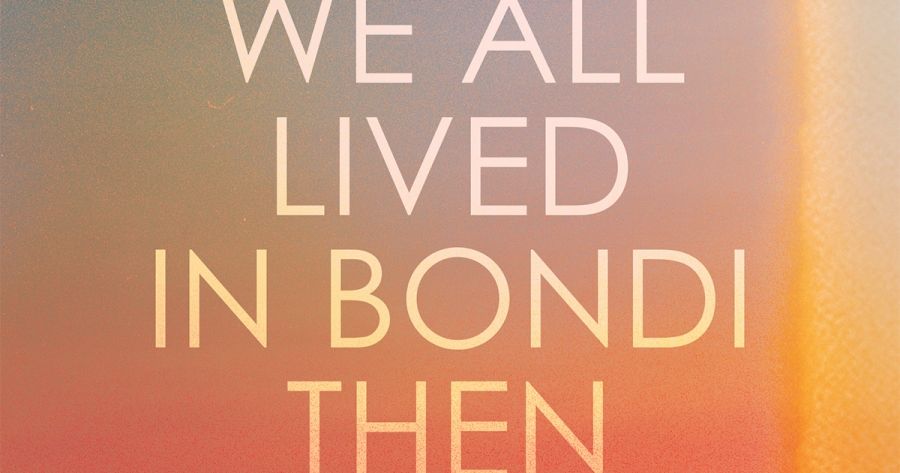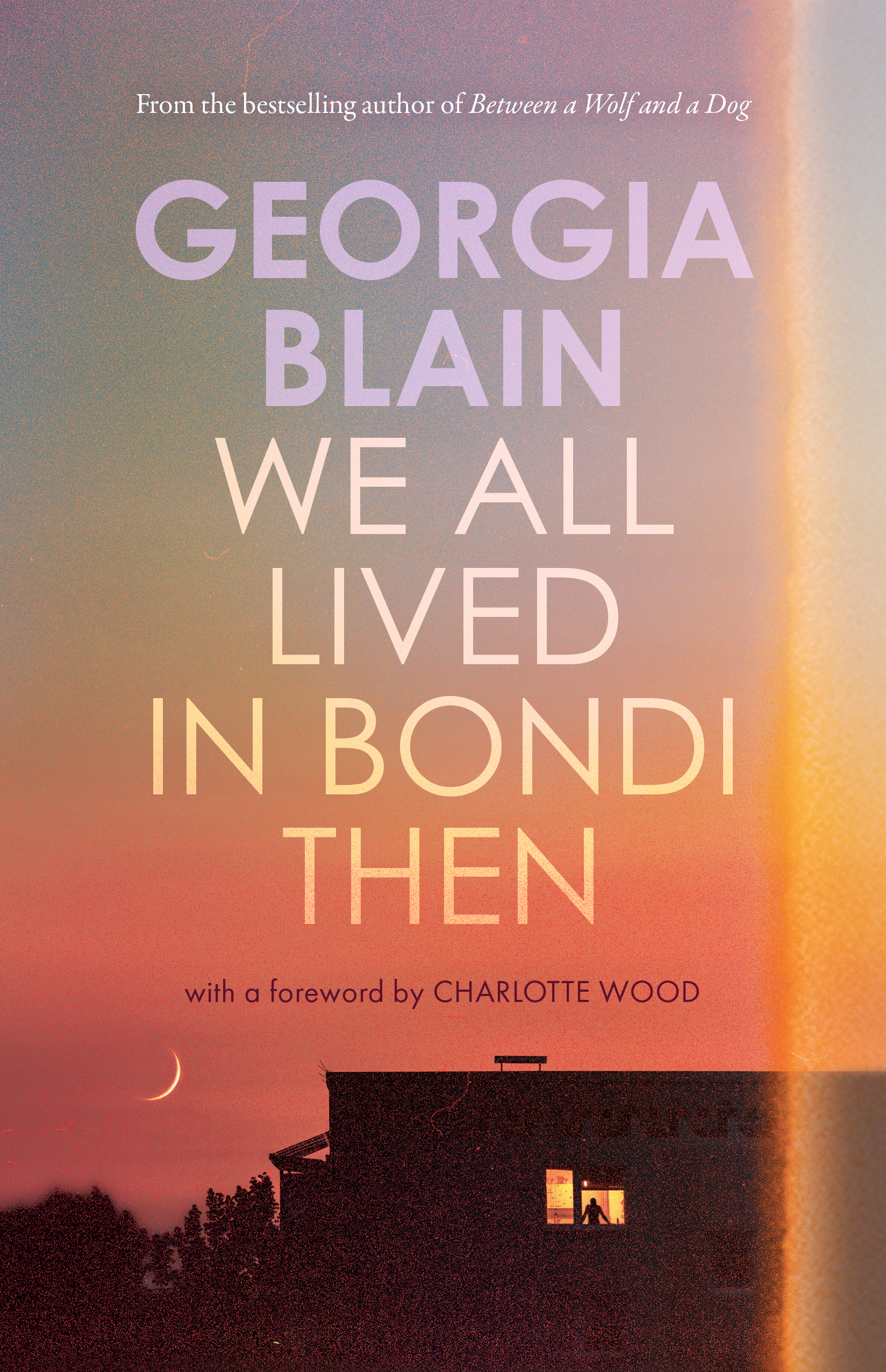
- Free Article: No
- Contents Category: Fiction
- Review Article: Yes
- Article Title: On the brink
- Article Subtitle: Georgia Blain’s posthumous collection
- Online Only: No
- Custom Highlight Text:
When Georgia Blain died at the age of fifty-one in 2016, the reading public was robbed of a superb prose writer in her prime. Her final and, some consider, best novel, Between a Wolf and a Dog (2016), achieved wide critical acclaim. Shortly after Blain succumbed to brain cancer, that novel went on to win or be shortlisted in a slew of national prizes.
- Featured Image (400px * 250px):

- Alt Tag (Featured Image): Anthony Lynch reviews ‘We All Lived in Bondi Then’ by Georgia Blain
- Book 1 Title: We All Lived in Bondi Then
- Book 1 Biblio: Scribe, $29.99 hb, 176 pp
- Book 1 Cover Small (400 x 600):

- Book 1 Cover (800 x 1200):

Now we have been gifted a new short story collection, We All Lived in Bondi Then. As in Blain’s only other full-length story collection, The Secret Lives of Men (2013), none of the stories in either collection reads, or should be read, as autobiographical, but it’s fair to surmise that the experiences so devastatingly depicted in Blain’s non-fiction helped inform her short fiction.
The new collection has a foreword by Charlotte Wood and comprises nine stories, many remarkable for their wrenching portraits of traumatised families. In ‘Australia Square’, a documentary filmmaker retells the story of her younger brother going missing in childhood and subsequent sibling and maternal mental illness. It is a story that brilliantly evokes obsessive pursuits of art and truth while highlighting the inability to ‘make sense of it all’.
‘Dear Professor Brewster’ is a semi-epistolary account of a young woman, Alice, and her correspondence with the doctor treating her mother for Alzheimer’s. With the mother’s health declining, Alice’s father dies, her half-brother falls ill, and a property dispute flares between Alice and her other half-siblings. This may suggest a plot best suited to a novel, but Blain moves deftly between each development, and the story unfolds quietly and without burden.
Many stories have small-town settings, often coastal ones, and often with characters marking time before heading elsewhere. Two or three take place in cities, generally Sydney (the ‘elsewhere’, as in the story ‘Still Breathing’). ‘Far from Home’ is set in Bali: as revealed here and in Blain’s earlier collection, travel can prove revealing, but the results are far from exotic immersion or enlightenment, with the protagonist left dislocated and yearning for home. Yet the title of this collection alludes not just to a concern with place, but also with shifts in time and an engagement with the past. Nearly all the stories refer to previous experiences that, if not exactly formative, leave an indelible mark on the female protagonist. Many recall youth or childhood in a sun-bleached Australia of the 1970s or 1980s, without nostalgia but not entirely without fondness. Some seem to ask: what does it mean to revisit a place? This return to place is as much an act of memory as a physical return.
The Secret Lives of Men sometimes featured women acting on an out-of-character impulse, usually by taking up, however briefly, with a roué male whom we and the protagonist know to be unreliable – a kind of testing of boundaries. ‘Far From Home’ in the current collection is such a story. A seemingly happily married woman, Sione, holidaying with her aged mother, meets by chance a man she once knew briefly and repeats the one-night (or one-hour) stand she had with him in the past. Yet this transgression is subsumed within the greater drama of Sione’s mother’s tragic decline.
Other stories include ‘Last Days’, which ultimately reads as quietly apocalyptic, as if the world might end not with a bang but with a noiseless extinguishment (if not T.S. Eliot’s whimper); and ‘Last One Standing’, wherein a woman ekes out a tough life living remotely with her old and dying dog, while a Cormac McCarthy-like threat of danger hovers in the air. ‘Ship to Shore’ movingly portrays parental grief following a child’s death. The penultimate story, ‘Sunday’, sees an office worker phoning her partner, who assumes the voice and manners of their pet dog. Something of an anomaly – are we being asked to infer the conversation might be with their actual dog? – the story provides comic, if unsettling, relief before the collection ends on more customary ground with the title story.
The dying dog of ‘Last One Standing’ is emblematic of tropes of decline in many stories. Rundown rentals, water pumps, mowers, ageing mothers, dogs, even artistic careers (and the self-absorbed who pursue them) – all are on the brink of failure. In case this implies a catalogue of griefs, Blain demonstrates throughout her marvellous eye for the absurd, quiet wit, and a wry observance of bodily failures and questionable human behaviour.
I have not yet touched on Blain’s elegant, crystalline prose, but the end of ‘Still Breathing’ demonstrates her typically clean and incisive style, as well as the vivid explorations of place and time that marked an outstanding career:
I could see myself … wanting to be grown up, gone from that place for good, so sure that the next place would be better … And yet the past is always there, hovering at the edge, teasing us, reappearing when we least expect it, and then sliding away again, where it waits, the warmth of its breath reminding us that it still lives.


Comments powered by CComment